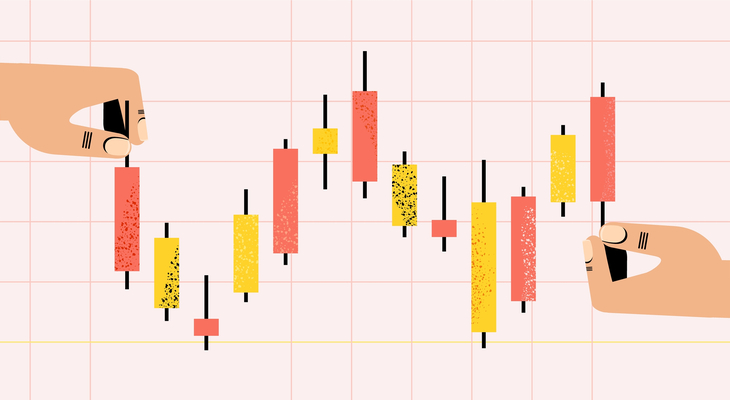 An employee stands to receive bigger payout when his/her stock options have a lower exercise price, i.e. stock options are cheap. At the same time, a lower exercise price may signal lower value of the option itself. On the grant date, the stock option recipient should focus on value, and not the amount of potential payout.
An employee stands to receive bigger payout when his/her stock options have a lower exercise price, i.e. stock options are cheap. At the same time, a lower exercise price may signal lower value of the option itself. On the grant date, the stock option recipient should focus on value, and not the amount of potential payout.
Suppose an engineer is considering two compensation packages, each includes 10,000 stock options from Company A and Company B. Companies offer stock options with exercise prices of $0.10 and $1.00, respectively. Which stock option package is more valuable?
Given the very limited information provided to rank-and-file employees, the only reasonable conclusion is that Company B with $1.00 options, offers the substantially better stock option package.
Here’s how this works. The majority of private companies set the option exercise price to the current fair market value of their common stock. The value of an option is dependent on the value of the underlying stock. The simplest, if not the most precise, relationship between the values of the stock and the option is given by so-called Black-Scholes formula.
When the employee receives her $0.10 stock options, she receives the right to purchase Company A common stock, which is currently worth $0.10. A Black-Scholes calculation may produce a stock option value of, say, 30% of the strike price. Thus, the value of Company A’s stock option part of the compensation package is $0.10 x 30% x 10,000 = $300. The same calculation would produce a $3,000 value for Company B’s stock option package.
TRY THIS: Follow this Black-Scholes formula link and run the two calculations:
Calculation A: Set both Stock Price and Exercise Price at $0.10, Time to Maturity at 3 years [this is when you exercise these options], Annual Risk Free Interest Rate at 1.5%, and Annualized Volatility at 100% [this accounts for start-up risk, the more the better]
Calculation B: Set both Stock Price and Exercise Price at $1.00, Time to Maturity at 3 years, Annual Risk Free Interest Rate at 1.5%, and Annualized Volatility at 50%. Note that lower volatility is only appropriate if Company B is actually bigger. However, Company B shares can be more valuable only because there are fewer of them, in which case Company A offer is irreparably inferior
In reality, valuing stock options of private companies can be very difficult. In addition to estimating basic inputs as outlined above, one has to consider the company’s overall capital structure, the timing of various strategic outcomes, and the ability to sell a private company stock. Use our Term Sheet Calculator for more detailed estimation of stock option values.
The virtues of the low exercise price of the option are frequently misunderstood. Stock option recipients are often too focused on the potential payout as the primary indicator of stock option value (e.g. the $0.10 option will pay $9.90 if the stock is sold for $10). In reality, Company A is 10 times less likely to achieve a $10 valuation.
It is more appropriate to think about relative payout after the share of common stock appreciates a fixed percentage. E.g. 20% growth in the stock price will yield $0.02 and $0.20 profit for Company A and Company B, respectively. While smaller companies can grow faster, the relative starting share price is still the greater contributor to the stock option value.
In summary, automatically attributing greater value to cheap stock options is deeply flawed. Thinking that a $0.10 stock option is more valuable than $1.00 one is somewhat similar to thinking that receiving (not buying) a penny stock is better than receiving a share of Apple Corp.


